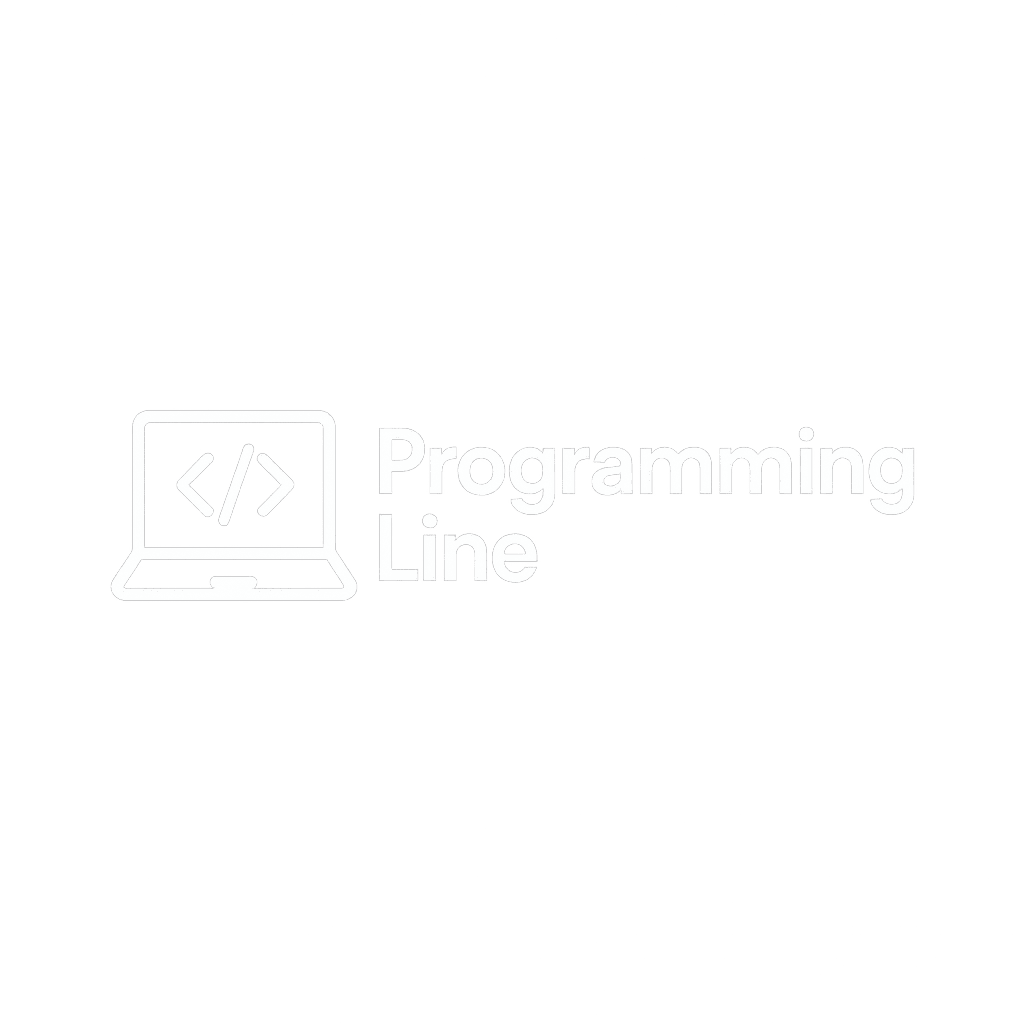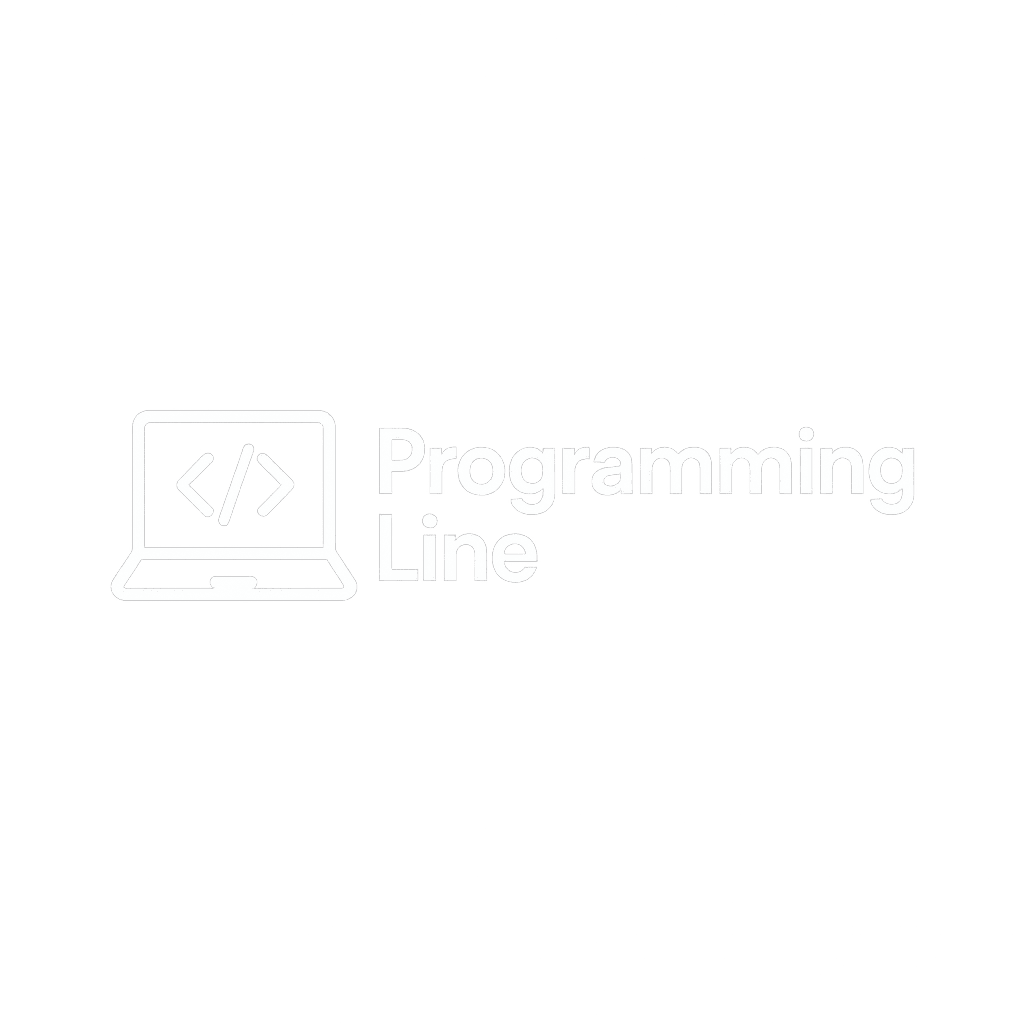Large Language Models (LLMs) are at the heart of today’s AI revolution, powering tools like ChatGPT, Google Bard, and many more. But who exactly invented the concept of LLMs? The answer lies in decades of research and collaboration in the field of artificial intelligence and machine learning.
The Origins of LLMs
LLMs are built upon foundational concepts in natural language processing (NLP), deep learning, and neural networks. While no single individual can be credited with inventing LLMs, several landmark innovations paved the way:
Word Embeddings (2013) – Introduced by Tomas Mikolov and colleagues at Google with Word2Vec, allowing models to understand word meanings in context.
Sequence Modeling with RNNs and LSTMs – Researchers like Yoshua Bengio, Ilya Sutskever, and others developed recurrent models for processing sequences.
Transformer Architecture (2017) – The most significant breakthrough came from Vaswani et al. at Google Brain with the paper “Attention is All You Need.” This architecture became the backbone of all modern LLMs.
The Rise of Transformer-based LLMs
The Transformer model enabled massive scalability and efficiency in processing language. Here are the key milestones:
2018: OpenAI introduced GPT (Generative Pre-trained Transformer)
2019: Google released BERT, enhancing language understanding in search
2020–2023: OpenAI released GPT-2, GPT-3, and GPT-4; Meta launched LLaMA; Anthropic, Cohere, and others followed
These developments represent a collective achievement across AI research labs, academic institutions, and industry leaders.
Key Contributors to LLM Innovation
Ashish Vaswani – Lead author of the Transformer paper
Ilya Sutskever – Co-founder of OpenAI and deep learning pioneer
Geoffrey Hinton, Yoshua Bengio, Yann LeCun – Known as the "Godfathers of AI," they laid much of the theoretical groundwork
Teams at OpenAI, Google Brain, DeepMind, Meta AI, and Anthropic – Continued to advance the scale, safety, and capabilities of LLMs
Conclusion
While there is no single inventor of the Large Language Model, the field has evolved through the contributions of many brilliant researchers and organizations. The LLMs we use today are the result of years of foundational research in deep learning, NLP, and transformer architectures.

